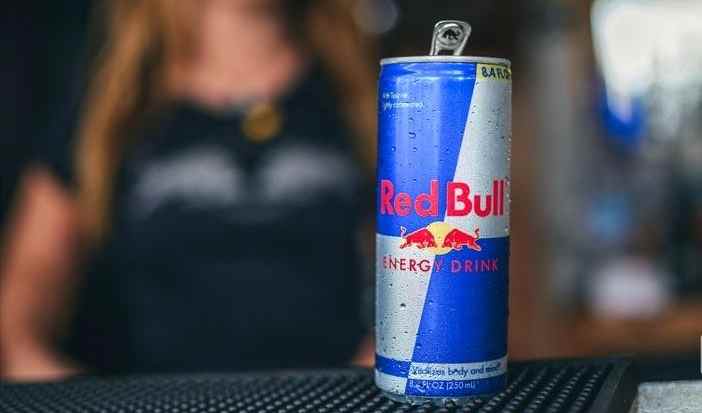Last updated on July 15th, 2022 at 08:12 am
In the United States, an estimated 250,000 to 500,000 people have symptoms of spinal stenosis. This condition, which develops when the spinal canal narrows, can lead to persistent and even debilitating back pain. Considering its prominence, it’s no wonder that spinal stenosis has been the subject of much medical research and innovation in recent decades. This has resulted in new treatment options that help patients recover more quickly and effectively from spinal stenosis symptoms.
Below, we’ll dive into the topic of spinal stenosis treatments to discover the latest therapies and advancements for this spinal condition.
How is Spinal Stenosis Conventionally Treated?
The advancements that we’ll discuss in this article primarily involve spinal stenosis surgery. However, it’s important to note that most cases of spinal stenosis don’t require surgery. With conservative treatments including physical therapy, pain medication, chiropractic methods, and steroid injections, most patients can make a full recovery without surgery.
However, if symptoms of spinal stenosis don’t improve after several months of conservative treatment, physicians are likely to recommend surgery.
Conventional Spinal Stenosis Surgery
Conventionally, surgery for spinal stenosis includes spinal decompression and fusion. These procedures can be completed in a single surgery.
Spinal Decompression
Traditionally, surgeons take a posterior approach to spinal decompression therapy. This means that they approach the spine from the back of the body. Unfortunately, a posterior approach also disrupts the major muscles in the back.
Spinal Fusion
Spinal fusion is conventionally done with decompression to prevent spinal instability. In this procedure, the surgeon places bone graft material in between the injured vertebrae. As weeks and months pass after the procedure, the bone graft will cause the vertebrae to fuse into one bone.
The significant downsides of spinal fusion are one of the key reasons for patients to consider new spinal stenosis treatments. These downsides include:
- Reduced range of motion
Spinal fusion eradicates all motion at the fused spinal segment. This means that the patient loses his or her ability to bend, twist, and flex the area of the back affected by the fusion. As a result, patients are typically limited in their day-to-day activities after spinal fusion.
- Lengthy healing process
The recovery period required for spinal fusion is significant. Some patients may need a full year to heal from this procedure.
- Adjacent segment disease (ASD)
Adjacent segment disease is a potential complication of spinal fusion surgery. This condition occurs when the vertebrae located above and below the fused segment undergo added stress and degenerate faster than usual. ASD can lead to back pain, stiffness, and neurological symptoms.
Innovations in Spinal Stenosis Treatment
Many of the newest treatment options for spinal stenosis allow for a faster recovery, lower risk of complications, and greater overall outcomes.
Endoscopic Spine Surgery
Endoscopic spine surgery is a major innovation in the treatment of spinal stenosis and other prevalent spine disorders. Using an endoscope, surgeons can cure spinal conditions with a minimally-invasive procedure.
An endoscope is a medical tool consisting of a long, bendable tube with a tiny light and camera on the end. This tool is widely used to diagnose digestive disorders. However, it can also be applied to spinal surgery to more effectively resolve chronic back pain and neurological symptoms.
In endoscopic spine surgery, the surgeon creates a micro-incision, which is typically smaller than one centimeter. Then, the surgeon spreads the muscle tissue and guides the endoscope to the treatment area. With the endoscope, the surgeon can view the injured area of the spine with detail and alleviate nerve compression without disturbing nearby tissue.
XLIF
XLIF stands for eXtreme Lateral Interbody Fusion. This new, minimally-invasive method of spinal fusion surgery involves accessing the spine from the side of the body. Known as a lateral approach, this is different from conventional approaches to spinal fusion.
Since XLIF involves making an incision in the patient’s side, it allows the surgeon to avoid the major back muscles. This results in less blood loss, less post-op discomfort, and a shorter recovery period.
Additionally, as a type of endoscopic spine surgery, XLIF involves the use of an endoscope so that the surgeon can examine the treatment area with a small incision. This further reduces tissue damage during spinal fusion.
Additional benefits of XLIF as a spinal stenosis treatment include:
- XLIF typically takes just an hour to complete, which reduces the amount of time that the patient spends under anesthesia.
- The back tissues are unharmed in the XLIF procedure, which reduces pain and discomfort after the procedure.
- Patients can return to their normal activities sooner with XLIF – many patients are even able to walk on the same day as the XLIF procedure.
Non-Fusion Spinal Implants
Non-fusion spinal implants are cutting-edge innovations in the treatment of spinal stenosis and related conditions. These devices eliminate the need for fusion to effectively stabilize the spine without limiting the patient’s range of motion.
A non-fusion spine device can serve as a cure of spinal stenosis. Inserted after a decompressive laminectomy or related procedure, this type of implant re-establishes a controlled range of motion in the affected area of the spine. By eliminating the need for fusion, non-fusion implants also shorten spine surgery recovery time.
The TOPS System
The TOPS System is one example of a non-fusion spinal implant that has proven to be effective for spinal stenosis. With this treatment option, the surgeon will first remove the bone tissue that’s pressing on nearby nerves and causing spinal stenosis symptoms. Then, the surgeon will implant the TOPS device into the area to stabilize the vertebrae.
From the information provided in this article, it’s clear that spinal stenosis patients have numerous advanced treatment options at their disposal. Make sure to discuss all of these options with your physician before settling on a spinal stenosis treatment plan.







